Layering
Jun 4, 2021 19:24:46 #
I want to discuss layering as a principle in photography and art. This is a bit of a departure from the usual discussions about gear and sometimes how to use it that dominate the Main Photography Discussion section, but I hope you'll humor me anyway. I'm going to share a few of my thoughts, and then I hope to hear your thoughts on how to incorporate this as a technique.
Layering is stacking elements in a photo at different depths to draw the viewer's eye in specific ways. It encourages the viewer to slow down and examine each part, or with suitable technique, to focus on the desired subject.
I live in the mountains and do a lot of landscape photography, so for me a common use of layers is to show (or compress) the distance between elements. This happens often in mountain images, where the near peaks are in vibrant color, and the color fades as the distance grows. The first two images below illustrate this.
Layers are often divided conceptually into foreground, subject, and background. Often, the foreground and background will cede focus to the subject, like on-stage characters in a play who try not to distract the audience from the speaking or singing character. That's not to say that the other layers are unimportant, but they should work harmoniously with the main subject. Understanding human vision helps with this: people's eyes are drawn to bright elements, elements in focus, and anything that looks like a human form, and especially a face. Eyes follow lines and curves. Foreground and background can cede focus literally by being out of focus, by being darker or dimmer than the subject, and by pointing to it.
Mountains are not the only type of landscape that exhibit this behavior. Trails and roads make this easy, too, as illustrated by the third and fourth photos. In the last photo, the foreground is mostly uniform color, drawing attention to the subject (the face). The background colors, while different, complement the foreground, so they're not too distracting.
What I'd really like to hear from you is how you use layering in other forms of photography to focus attention. What are your favorite or recent examples that show layering in people photography, in street, in action or sports?
Layering is stacking elements in a photo at different depths to draw the viewer's eye in specific ways. It encourages the viewer to slow down and examine each part, or with suitable technique, to focus on the desired subject.
I live in the mountains and do a lot of landscape photography, so for me a common use of layers is to show (or compress) the distance between elements. This happens often in mountain images, where the near peaks are in vibrant color, and the color fades as the distance grows. The first two images below illustrate this.
Layers are often divided conceptually into foreground, subject, and background. Often, the foreground and background will cede focus to the subject, like on-stage characters in a play who try not to distract the audience from the speaking or singing character. That's not to say that the other layers are unimportant, but they should work harmoniously with the main subject. Understanding human vision helps with this: people's eyes are drawn to bright elements, elements in focus, and anything that looks like a human form, and especially a face. Eyes follow lines and curves. Foreground and background can cede focus literally by being out of focus, by being darker or dimmer than the subject, and by pointing to it.
Mountains are not the only type of landscape that exhibit this behavior. Trails and roads make this easy, too, as illustrated by the third and fourth photos. In the last photo, the foreground is mostly uniform color, drawing attention to the subject (the face). The background colors, while different, complement the foreground, so they're not too distracting.
What I'd really like to hear from you is how you use layering in other forms of photography to focus attention. What are your favorite or recent examples that show layering in people photography, in street, in action or sports?
Quintessential mountain landscape layering showing the fade of detail and color. Unusually, the subject (the tall bluff) has little detail.
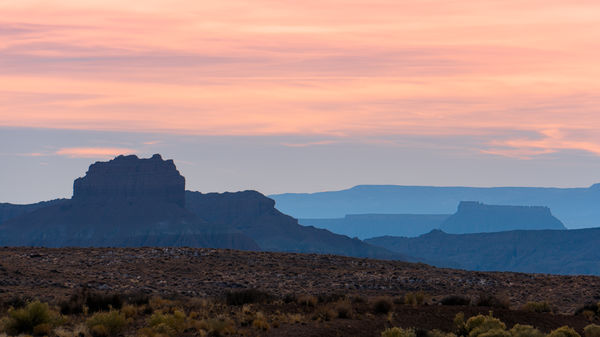
(Download)
This shows the detail and color contrast in the foreground, fading to the background.
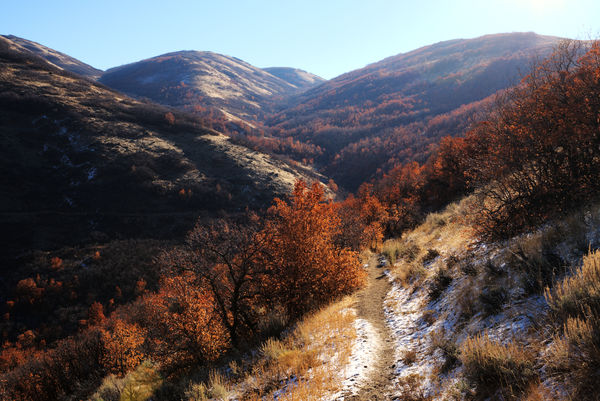
(Download)
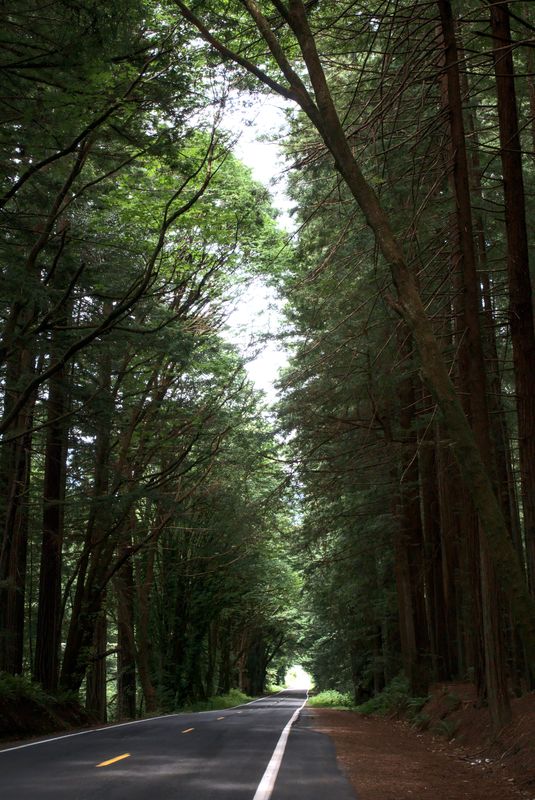
(Download)
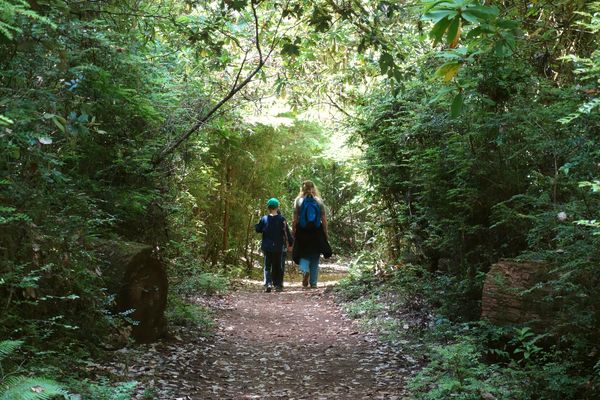
(Download)
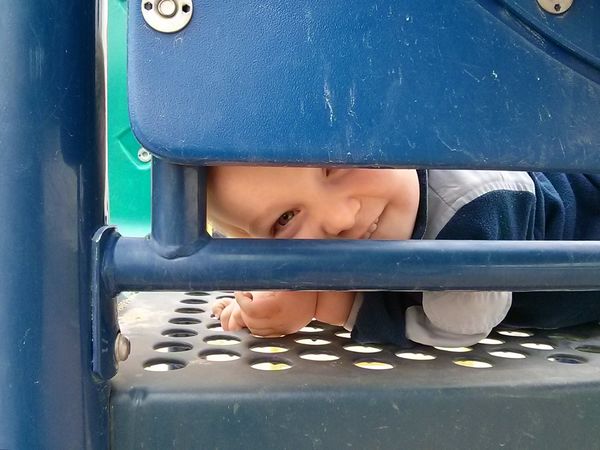
(Download)
Jun 4, 2021 19:54:18 #
Jay Drew
Loc: Boise, Id.
I absolutely love the last image. As soon as I scrolled down to it, I burst out laughing. Made my day.






Jun 4, 2021 20:02:05 #
Jay Drew
Loc: Boise, Id.
Hi Jared
Could you re-post these with the non layered image above the layered example? I do not currently use this tool. It would help me to understand how this works.
Thanks, Jay
Could you re-post these with the non layered image above the layered example? I do not currently use this tool. It would help me to understand how this works.
Thanks, Jay
Jun 4, 2021 20:24:54 #
Jay Drew wrote:
Hi Jared
Could you re-post these with the non layered image above the layered example? I do not currently use this tool. It would help me to understand how this works.
Thanks, Jay
Could you re-post these with the non layered image above the layered example? I do not currently use this tool. It would help me to understand how this works.
Thanks, Jay
Jay,
I think what Jared is talking about is capturing the layers that the subjects give us. The rows of mountains receding into the distance or the left and right layers converging with the layer of the road. My first thought was layers in processing, but I am pretty sure that’s not what he is looking for. I have tried to capture layers of mountains with poor success..
Bill
Jun 4, 2021 20:43:57 #
Jun 4, 2021 20:46:19 #
wjones8637 wrote:
Jay,
I think what Jared is talking about is capturing the layers that the subjects give us. The rows of mountains receding into the distance or the left and right layers converging with the layer of the road. My first thought was layers in processing, but I am pretty sure that’s not what he is looking for. I have tried to capture layers of mountains with poor success..
Bill
I think what Jared is talking about is capturing the layers that the subjects give us. The rows of mountains receding into the distance or the left and right layers converging with the layer of the road. My first thought was layers in processing, but I am pretty sure that’s not what he is looking for. I have tried to capture layers of mountains with poor success..
Bill
True. Sorry for the ambiguity. Taking the first photo as an example, there's a visual layer of the loose rock and plants in the foreground, and then six-ish layers of successively paler ridges, followed by the background sky. In this case, the close, dark elements are the foreground, the layers of ridges are subject, and the sky is background.
In the second, there are five or so layers of ridges. In this case the foreground is also the primary subject. The trail and the lines of the ridges draw the eye from the detailed, colorful foreground subject left and up through the mountains and back toward the center to the most distant peak.
The third photo is not neatly divided into foreground, subject, and background. The layers are continuous through the image as the eye follows the road or the edges of the line of trees on the right or left.
Jun 4, 2021 20:48:34 #
Jay Drew wrote:
I absolutely love the last image. As soon as I scrolled down to it, I burst out laughing. Made my day.






Thanks, Jay. The grin draws me in, too.

Jun 5, 2021 09:00:59 #
Thank you for the topic, Jared! Yes, a rarity these days in main discussion forum to have the topic not be about gear.
You have stated the important points in a very relatable way. Here's an article I found several years ago. His discussion of layers is similar to yours:
https://photographylife.com/whats-important-in-a-photograph-and-what-isnt
I think of layers mostly with landscapes: foreground, middle, distant. I learned the term "atmospheric perspective" in 2018 when researching a series we did in For Your Consideration section on light. I love the role of light and weather in setting mood, and helping give the sense of distance. Your first photo is my favorite of your set. Your second photo is a great reminder to look for that kind of layering. And for folks to not automatically think that HDR and de-haze will produce a "better" photo
For three years I photographed this cow pasture in the fall, when ground fog was dissipating as the sun rose. The temperature was cold enough on the day captured below to show their breath:
 cows 3 on Flickr
cows 3 on Flickr
This photo of hops growing apparatus after a harvest has drawn a wide range of opinions, especially about the foreground pole
 Patterns on Flickr
Patterns on Flickr
You have stated the important points in a very relatable way. Here's an article I found several years ago. His discussion of layers is similar to yours:
https://photographylife.com/whats-important-in-a-photograph-and-what-isnt
I think of layers mostly with landscapes: foreground, middle, distant. I learned the term "atmospheric perspective" in 2018 when researching a series we did in For Your Consideration section on light. I love the role of light and weather in setting mood, and helping give the sense of distance. Your first photo is my favorite of your set. Your second photo is a great reminder to look for that kind of layering. And for folks to not automatically think that HDR and de-haze will produce a "better" photo

For three years I photographed this cow pasture in the fall, when ground fog was dissipating as the sun rose. The temperature was cold enough on the day captured below to show their breath:
 cows 3 on Flickr
cows 3 on FlickrThis photo of hops growing apparatus after a harvest has drawn a wide range of opinions, especially about the foreground pole

 Patterns on Flickr
Patterns on FlickrJun 5, 2021 09:16:29 #
Linda From Maine wrote:
Thank you for the topic, Jared! Yes, a rarity thes... (show quote)
Linda,
I love the cow photograph! I don't know anything about layering so may question: did you shoot the background separately? If you don't mind explain how you did it.
Sorry for the dumb question.
Jun 5, 2021 09:18:03 #
morkie
Loc: Simi Valley CA
I utilize Tony Kypur’s TK 7 luminosity mask tool to achieve the results you have achieved for landscapes. Depending on the desired effect, I use the same approach on close up photos to emphasize or de-emphasize the subject or background. I now usually use Capture One’s color editing tool to create the mask on close up work.
Jun 5, 2021 09:20:33 #
Cubanphoto wrote:
There are no dumb questions Linda,
I love the cow photograph! I don't know anything about layering so may question: did you shoot the background separately? If you don't mind explain how you did it.
Sorry for the dumb question.
I love the cow photograph! I don't know anything about layering so may question: did you shoot the background separately? If you don't mind explain how you did it.
Sorry for the dumb question.
 It's a single photo. Layers in post processing are used in multiple ways. I'll find some topics and send you the links via pm.
It's a single photo. Layers in post processing are used in multiple ways. I'll find some topics and send you the links via pm. The OP gave more details about the purpose of this topic (layering as a compositional tool) in a follow-up comment within the thread. Also, if you look at the link I provided, you'll see more examples and discussion.
Thanks much!
Jun 5, 2021 09:39:08 #
Linda From Maine wrote:
There are no dumb questions  It's a single photo. Layers in post processing are used in multiple ways. I'll find some topics and send you the links via pm.
It's a single photo. Layers in post processing are used in multiple ways. I'll find some topics and send you the links via pm.
The OP gave more details about the purpose of this topic (layering as a compositional tool) in a follow-up comment within the thread. Also, if you look at the link I provided, you'll see more examples and discussion.
Thanks much!
 It's a single photo. Layers in post processing are used in multiple ways. I'll find some topics and send you the links via pm.
It's a single photo. Layers in post processing are used in multiple ways. I'll find some topics and send you the links via pm. The OP gave more details about the purpose of this topic (layering as a compositional tool) in a follow-up comment within the thread. Also, if you look at the link I provided, you'll see more examples and discussion.
Thanks much!
Thank you for your response!
The reason I am interested is that the other day I got to shoot the full moon. I was on the beach and the light made an absolutely beautiful reflection on the sea.
There were also some palms but because of my location and focal length I could not capture everything. I opted to take different shots. In this case technically speaking, when I put them together, I would be stacking not layering, correct?
I don't know much about that either. LOL.
You may not remember but you helped me with post processing Milky Way shots I has taken in Yellowstone.
Jun 5, 2021 10:14:05 #
Linda From Maine wrote:
Thank you for the topic, Jared! Yes, a rarity thes... (show quote)
Thanks, Linda. I love the image of the cows in the rising fog, and it's a great illustration.
I read recently that one of the great challenges in photography is giving a sense of depth in what is fundamentally a two-dimensional medium. I find that considering the layers within a frame helps me create that depth.
Jun 5, 2021 10:22:12 #
Cubanphoto wrote:
Thank you for your response! br The reason I am in... (show quote)
Cubanphoto, I usually hear the term stacking used when a photographer takes multiple photos from the same vantage point and combines them. This is useful for a few reasons: focus stacking obtains huge depth of field using multiple images focused at different points within the frame. This is frequently done from a tripod to ensure the camera is aligned the same between shots, but software is getting better at combining even hand-held photos. It can also help with focus breathing.
Another use of stacking is for exposures to create an HDR image. Same framing, different exposures to prevent overexposure of the light parts or underexposure of the dark ones.
The common term for adding elements from multiple photos in different locations or different framing is compositing. This can be done using layers tools in image editing software.
Jun 5, 2021 10:38:48 #
jaredjacobson wrote:
Cubanphoto, I usually hear the term stacking used ... (show quote)
Got it! So that is what I will attempt to do. Thanks again
If you want to reply, then register here. Registration is free and your account is created instantly, so you can post right away.



